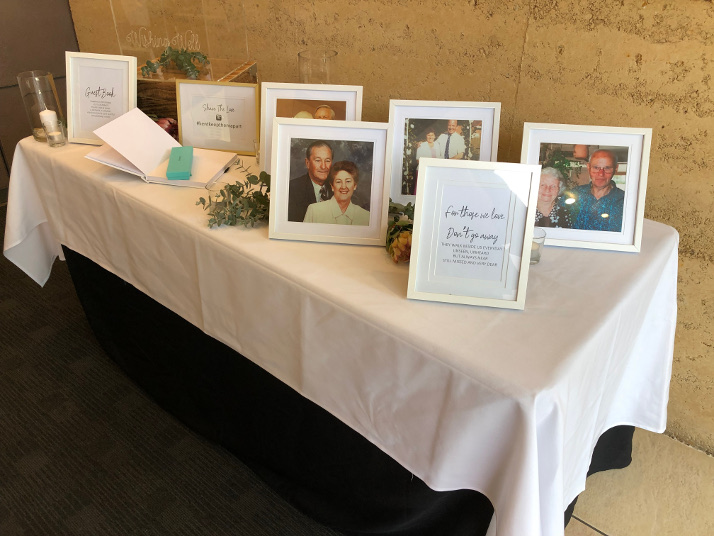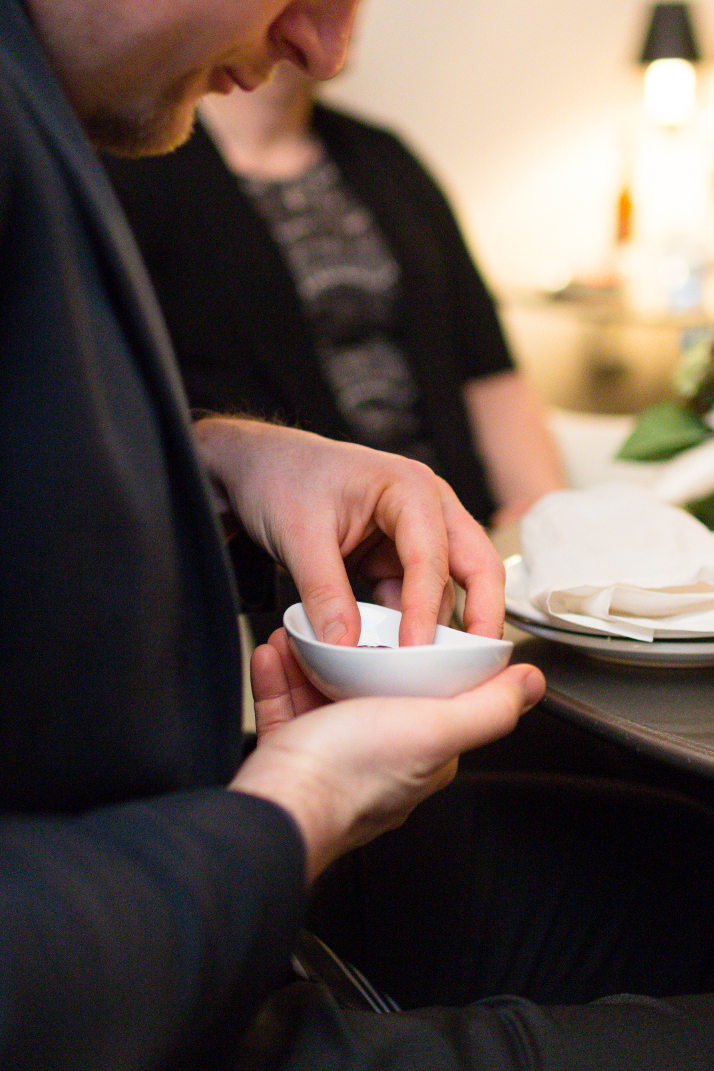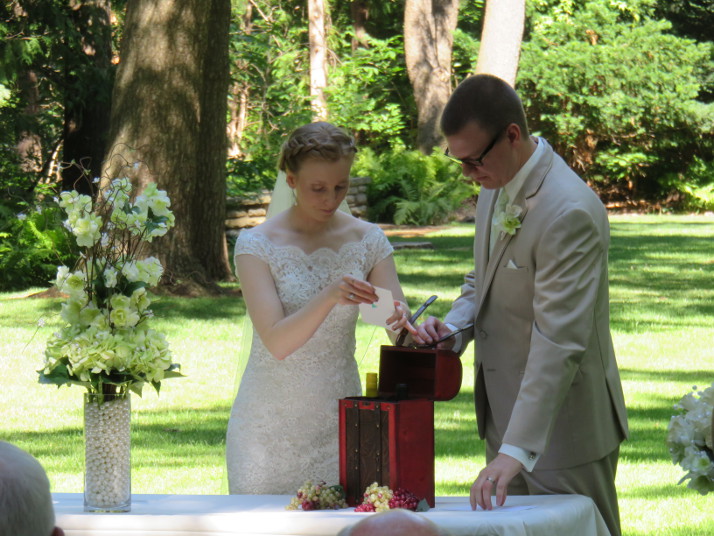Congratulations!
Congratulations to all of you who are receiving or giving rings this holiday season. Congratulations on choosing to make a public commitment to each other in marriage. As you share the happy news with family and friends in coming days, celebrate the love you’ve found together as you begin to plan your future, too.
Your wedding day will be a big part of that future. It is your opportunity to gather those people most important to you to celebrate with you. It is your opportunity to voice your heartfelt promises to each other in front of those very people. You’ll want your wedding day to be memorable and to reflect who you are as a couple.
Perhaps you will choose an intimate ceremony followed by a big celebration. Or maybe a large gathering to share your entire day fits you best. It’s possible that you will choose a small, low key, ceremony followed by a family dinner as your perfect wedding day. No matter what kind of day you envision for yourself, there will be many details to attend to.
Those details should never overshadow the reason for the day you’re planning. Your love and commitment to build your future together. Even when wedding planning feels overwhelming, it’s a good idea to set it aside and take a walk together or share a special meal where you can reconnect with good conversation, and remind yourselves why you’re planning a wedding in the first place.
If you’re planning a medium to large wedding you’ll want to secure your wedding venue(s) first. Many couples are taking advantage of the varied facilities at local venues to plan their ceremony and reception in one place. This simplifies things for you when planning and allows your guests to only need to locate one venue on the wedding day.
With your venue, and by extension your wedding date established, it will be time to begin to secure the services of the other wedding vendors you’ll need to complete your day. Your photographer, musicians, caterer and florists will all be on the list. Don’t forget to include your wedding celebrant in this early planning, too. Popular wedding dates book very early, so signing contracts or agreement documents with all of us is something you’ll want to close on as soon as possible. Especially if you’re looking at a 2020 wedding date it’s essential to move quickly.
Congratulations again to all newly engaged couples. I hope you have great fun celebrating with family and friends during the days to come. And as we move into the new year, I hope to hear from many of you as you begin to nail down all the plans for your upcoming wedding day!



